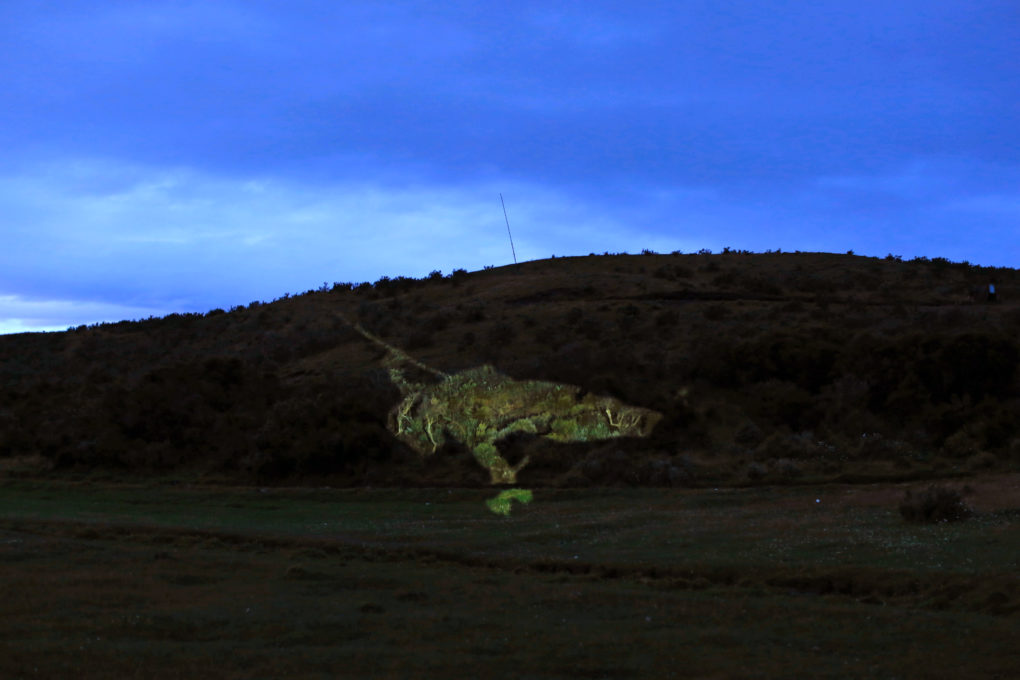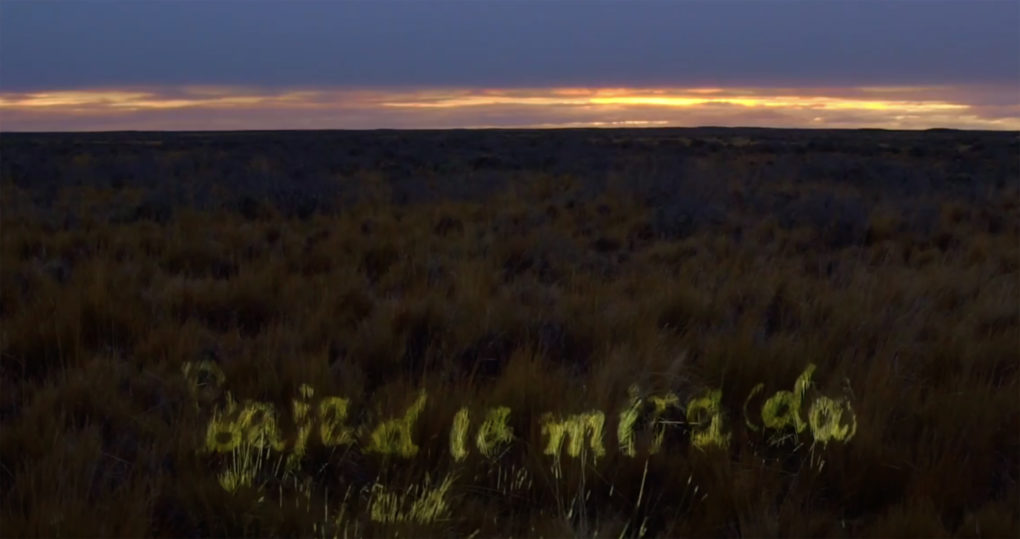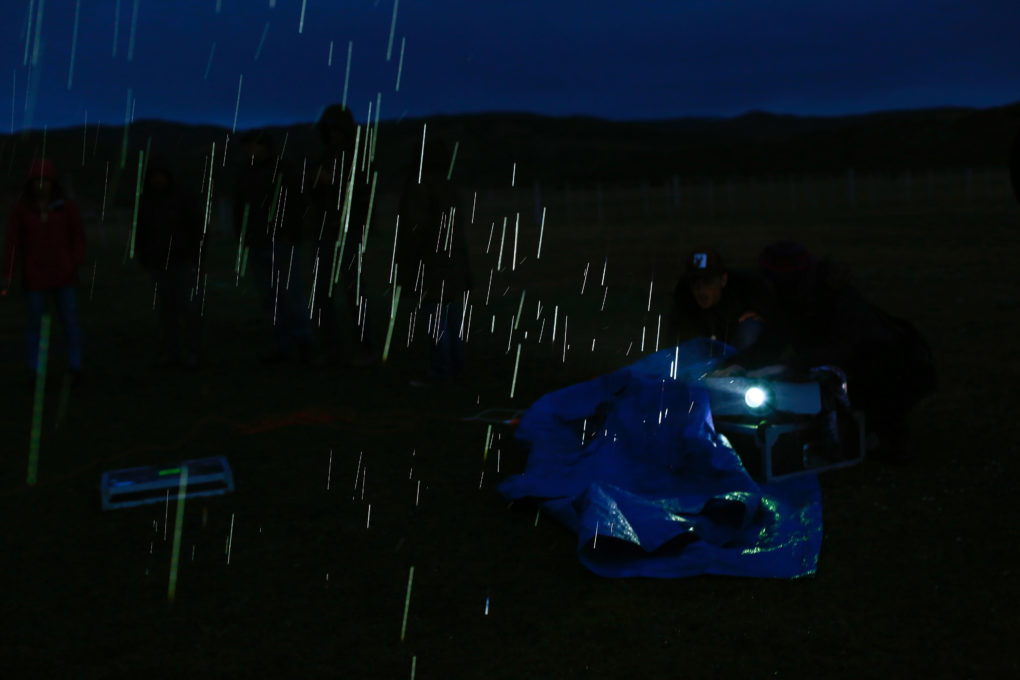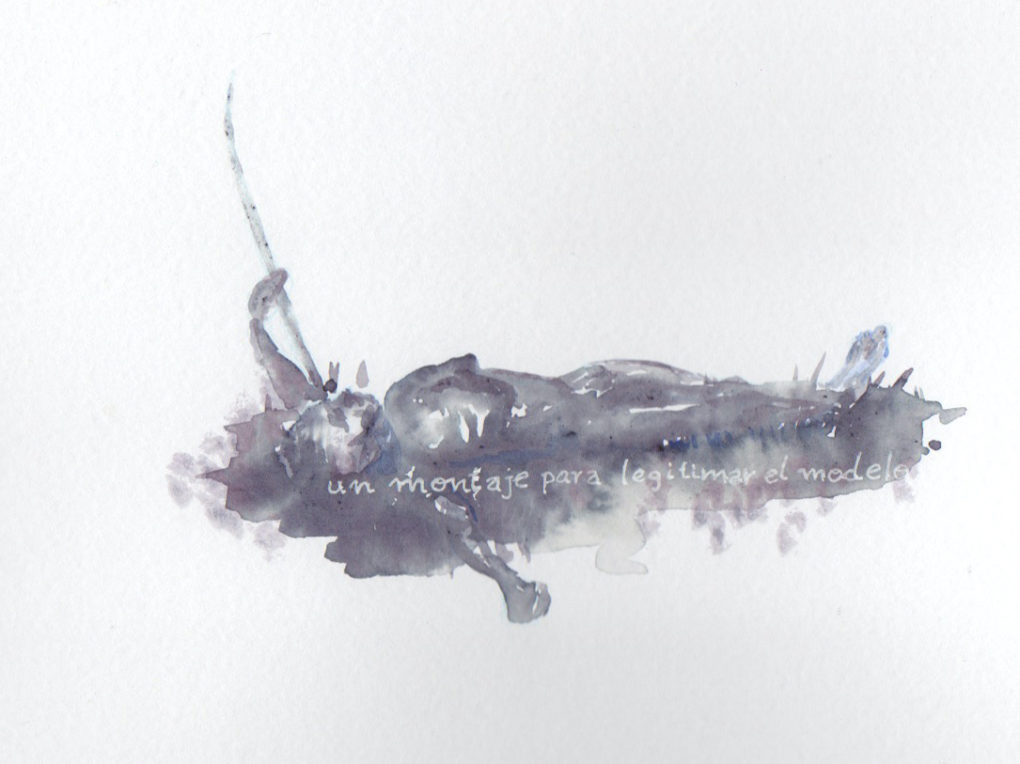Search
To search for an exact match, type the word or phrase you want in quotation marks.
A*DESK has been offering since 2002 contents about criticism and contemporary art. A*DESK has become consolidated thanks to all those who have believed in the project, all those who have followed us, debating, participating and collaborating. Many people have collaborated with A*DESK, and continue to do so. Their efforts, knowledge and belief in the project are what make it grow internationally. At A*DESK we have also generated work for over one hundred professionals in culture, from small collaborations with reviews and classes, to more prolonged and intense collaborations.
At A*DESK we believe in the need for free and universal access to culture and knowledge. We want to carry on being independent, remaining open to more ideas and opinions. If you believe in A*DESK, we need your backing to be able to continue. You can now participate in the project by supporting it. You can choose how much you want to contribute to the project.
You can decide how much you want to bring to the project.

¡Parecía que las enfurecidas fuerzas atmosféricas hubiéranse concentrado en ese punto de la tierra para herirla y despedazarla!
Francisco Coloane
In the course of these turbulent months, the Magellanic lands (located at the southern tip of America) have witnessed the creation of countless poems about their continental location.
The odd geography of this enclave prefigures a different territoriality to the one that Chile hopes to impose on it; a country that has undertaken a forced intervention on it, even on its unpleasant landscapes. However, despite the attacks of this short-sighted state, the recent psycho-political crisis that the country is living has encouraged the appearance of some critical voices that have raised, specifically from the contemporary thinking, a series of collective reflections that were absurdly censured in the past by the crazy Chilean temperament.

Most of these analyses are the basis for conceiving a couple of creative proposals whose critical accent supports heterogeneous ideas that articulate, for example, an anti-colonial core idea in the year that Spain and Portugal commemorate the fifth centenary since the arrival of the first Europeans to the terra australis in 1520. Based on this fact, we ask ourselves: What do we do with the epistemic stories of this region when it comes to understanding the fate that these European “commemorations” expand on? And how do we read and observe these distressed colonial imaginaries to rewrite innovative local chronicles?
In order to partially answer these questions, the project “(re)production and sonification of imaginaries” appears on the scene; one of the countless chronicles that the Últimaesperanza collective has created. This transdisciplinary group of artists interferes in the panorama related to the extractivism presented by the photo album[1] created and edited by the Romanian explorer Julius Popper[2].

Based on this heritage document, which has been discussed with distrust by some local (and mainly national) heritage leaders, this collective has rescued some tangible and oral events about the European domination and the consequences of the extermination of the first communities that inhabited Tierra del Fuego.

Civilization always believed that primitive men, and even more so the Fuegians, were condemned to flight with a ruthless and whim nature, voracious of human effort. [3] However, the greatest condemnation for these peoples was that the European man became one of their main predators. This dilemma that Euro-whiteism brought has mobilized the Últimaesperanza collective to re-observe the scenographies designed by Popper himself that certainly generated other landscapes to appear as diaphanous scenes that glorify these locations only as a gold mining field which is, by the way, a banner quite used by European capitalism throughout its history.

Under these panoramas, the artist duo has used a series of devices that emit the soundscape, the politics and the ethnohistory. All this is done in order to argue a contemporary vision that leads them to confront the painful stories shown in these photographs, which are catalogued as hereditary and which undoubtedly revive the systematic ethnocide that these inhabitants circumvented, despite the fact that from the current political contingency few want to assume their responsibilities.
Based on these misfortunes against humanity, this group of artists conceals the idea of a heritage trace to juxtapose them to the contemporary memory that these territories and maritory networks have made visible. Being contemporary can mean being immediately present, as a being here and now. In this sense, art appears to be truly contemporary if it is perceived as authentic, as capable of capturing and expressing the presence of the present, in a way that is radically untainted by past traditions or by strategies destined for future success.[4] For this case, art only exists as a conflict with its era… art implies the courage to deliver answers to questions that do not exist.[5]
Well, these authors have collected a piece of this forced land and similarly georeferenced by Popper himself. A stamp that intertwines us with the signs and sounds that the land commands and that at the same time are synchronized within the technical platform of the media arts since these are spaces of integration where the arts are merged giving life to hybrid productions, challenging the specificity or purity of the original materials.[6]
Moreover, the work of recovering a sound filming through these locations, inspects from Marinetti’s futuristic idea, founded in a paessagio udito, to the meditations that emerge from the ecological listening of R. Murray Schafer. All this has been combined with the materiality of the caulkers, the roar of the wind and, at times, that quiet sky.
The blockage of images and the amplification of sound samples in Tierra del Fuego constitute a source of transdisciplinary research. A situation that mobilizes the execution of a collective thinking that renews the visuality that we keep from the postcard of the “end of the world” to constantly debate about those consequences that the annihilation of the raw materials has uncovered on this remote south.

From another perspective, the implementation of this environmental study, which goes from the editorial to the exhibiting field, also reappears just within the conflict experienced by Chile and many other countries where their worldviews are being overthrown by the same objectives distributed by neoliberalism. Objectives that are in no way far from the drama of human rights.
The territoriality of Magellan has been intertwined by the exploitation of its natural resources. This background has invited the Últimaesperanza collective to trace a route that has had as its main purpose the post-production of other images, sounds and interventions for the particular case of these geographies that lie heavily decimated by nature.
For moments, the revision of past records proposes us just to raise a mere chronicle of the subjects and the objects portrayed. Nevertheless, these visual and sound schemes will reflect how the representation of our symbolic legacies, linked to the poetics of the contemporary, reveal to us other dialogues before the difficulty of representativeness that face the Eurocentric commemorations and the processes of colonization against the anti-colonizing dystopias.
In short, these hybrid illusions of sound meditation are rescued as a political task that manipulates the imposition of the hegemonic and inquisitive stories that have been implanted by the current circulation of contemporary art, and which necessarily tries to exoticize, for example, the tragedies that these silenced peoples have suffered. At the same time, this material scrutinizes the affiliations that appear along with the self-determinations from these territories trough others that are parallel. Elements that crystalize in the current days in crisis and that put together this type of investigation experiences to revise the expanded conceptual framework that encircles not only the local memory, but also the global one.
[1] This album was edited in six copies and published for the first time in 1887. Nowadays, one of these copies is kept under a careful protection within the heritage collection of the Museo Regional de Magallanes.
[2] Julius Popper (1857 – 1893) was a Romanian engineer who has been listen as one of the main mercenaries of the extermination of the Selk’nam, who inhabited Tierra del Fuego.
[3] PRIETO, Alfredo, “Los Selk’nam: una sociedad satisfecha”, publicado en Revista Anales, Vol. XV, Instituto de la Patagonia, Universidad de Magallanes, 1984, pp. 71-79.
[4] GROYS, Boris, “Volverse Público. Las transformaciones del arte en el ágora contemporánea” (Buenos Aires: Caja Negra, 2014), p. 83.
[5] STEINWEG, Marcus, “Kunst und Philosophie/Art and Philosophy” (Berlin: Neuer Berliner Kunstverein, 2012), p. 92.
[6] ALONSO, Rodrigo, “Elogio de la low-tech. Historia y estética de las artes electrónicas en América Latina” (Buenos Aires: Luna Editores, 2015), p. 165.

Rodolfo Andaur is a curator and manager and has therefore carried out several projects whose main objective is to ‘desertify’ unpublished stories. He is also constantly invited by recognized institutions to organize eco-territorial trips in different places in Latin America
www.rodolfoandaur.cl
"A desk is a dangerous place from which to watch the world" (John Le Carré)